23 Interesting Facts About Papua New Guinea to Know Before You Go
Looking for fascinating facts about Papua New Guinea? Whether you’re planning a trip, or you just want some more info about this captivating country, here’s the PNG trivia you need to know!
Papua New Guinea is a beautiful country in Oceania, located north of Australia and east of Indonesia. The country is full of luscious jungles, indigenous tribes, and uncharted natural wonder. And the vast majority of Papua New Guinea has never been explored.
PNG remains one of the world’s least-visited nations, and a country many travellers regard as a genuinely adventurous travel destination. I visited Papua New Guinea for 10 days. It’s one of the most interesting countries I’ve been to thanks to the mystery that still surrounds it for me, despite my visit.
Society there is built on tribes and villages, all with different beliefs and approaches. Nature is comparatively untouched compared to other countries, and the idiosyncratic climate has led to some unique species and growth. I wanted to put together some of the fascinating Papua New Guinea facts I learned in my prep for the country, and while I was there, to try and demystify this elusive nation for us all.
Facts About Papua New Guinea
Here are 23 fascinating Papua New Guinea facts to help you plan for an incredible trip.
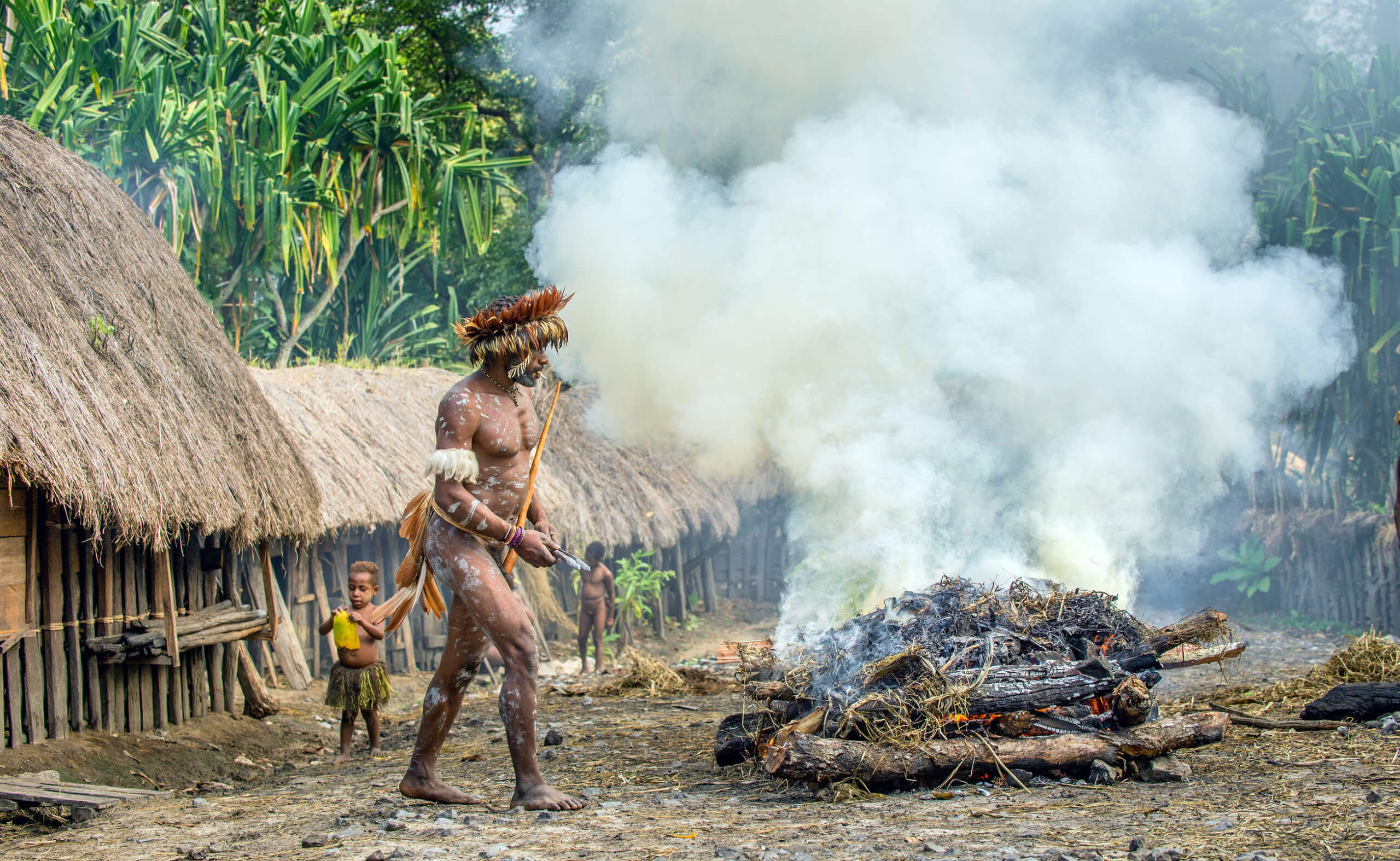
1. Papua New Guinea has 851 languages
One of my favourite facts about PNG is that Papua New Guinea is the most linguistically diverse country in the world.
According to government statistics, there are 851 languages within the country.
The most popular language is Tok Pisin, an English-based creole with German-language elements. The country also has an official sign language.
2. Papua New Guinea has 5% of global biodiversity
Most people don’t know how biodiverse Papua New Guinea is – it’s one of the world’s finest scuba diving locations thanks to the stunning biodiversity underwater.
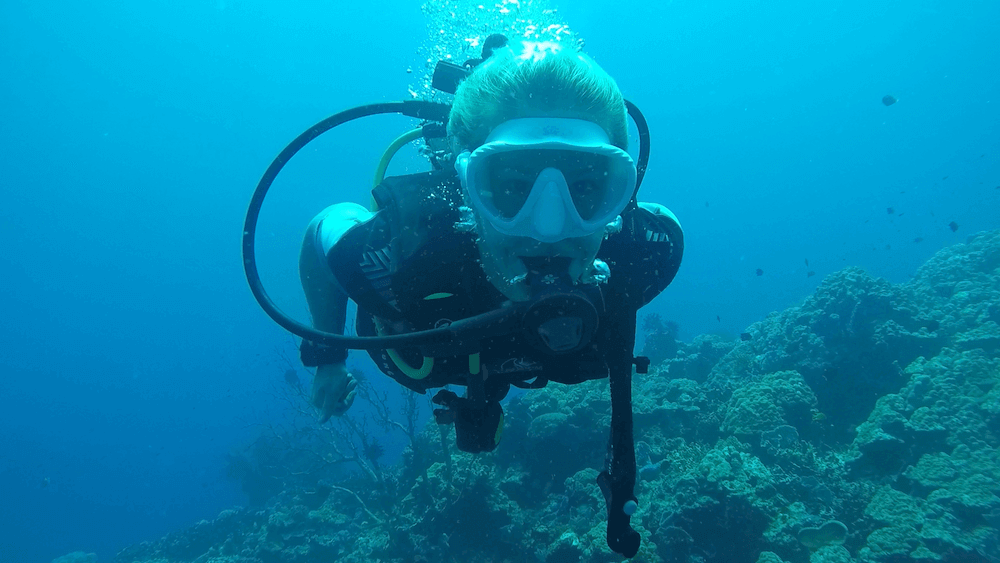
Even though Papua New Guinea has a total of 1% of Earth’s total land area, it has 20,000 plant species, 800 species of coral, and over 650 species of fish.
Do you have your scuba diving PADI? If not, you might want to get one before travelling to Papua New Guinea to really make the most of this unique world underwater.
3. PNG has the world’s third largest rainforest
Many of us know Papua New Guinea is full of rainforest but did you know it has the world’s third biggest rainforest?
Papua New Guinea has a 288,000 square kilometres rainforest, third in line after the Amazon Rainforest and the Congo Rainforest. One of the best little known facts about Papua New Guinea is that there’s plenty of opportunity for adventure!
4. PNG is home to one of the world’s very few poisonous birds
Papua New Guinea is home to the hooded pitohui bird, native to the country. But the hooded pitohui bird isn’t your average one – it’s one of Earth’s very few poisonous birds.
Because of that, hunters are cautious to preserve the birds because they kill many parasites and are fantastic for the ecosystem. Hunters also love the unique characteristics of these birds.
You probably won’t accidentally come across one, so nothing to worry about, but exciting to know about!
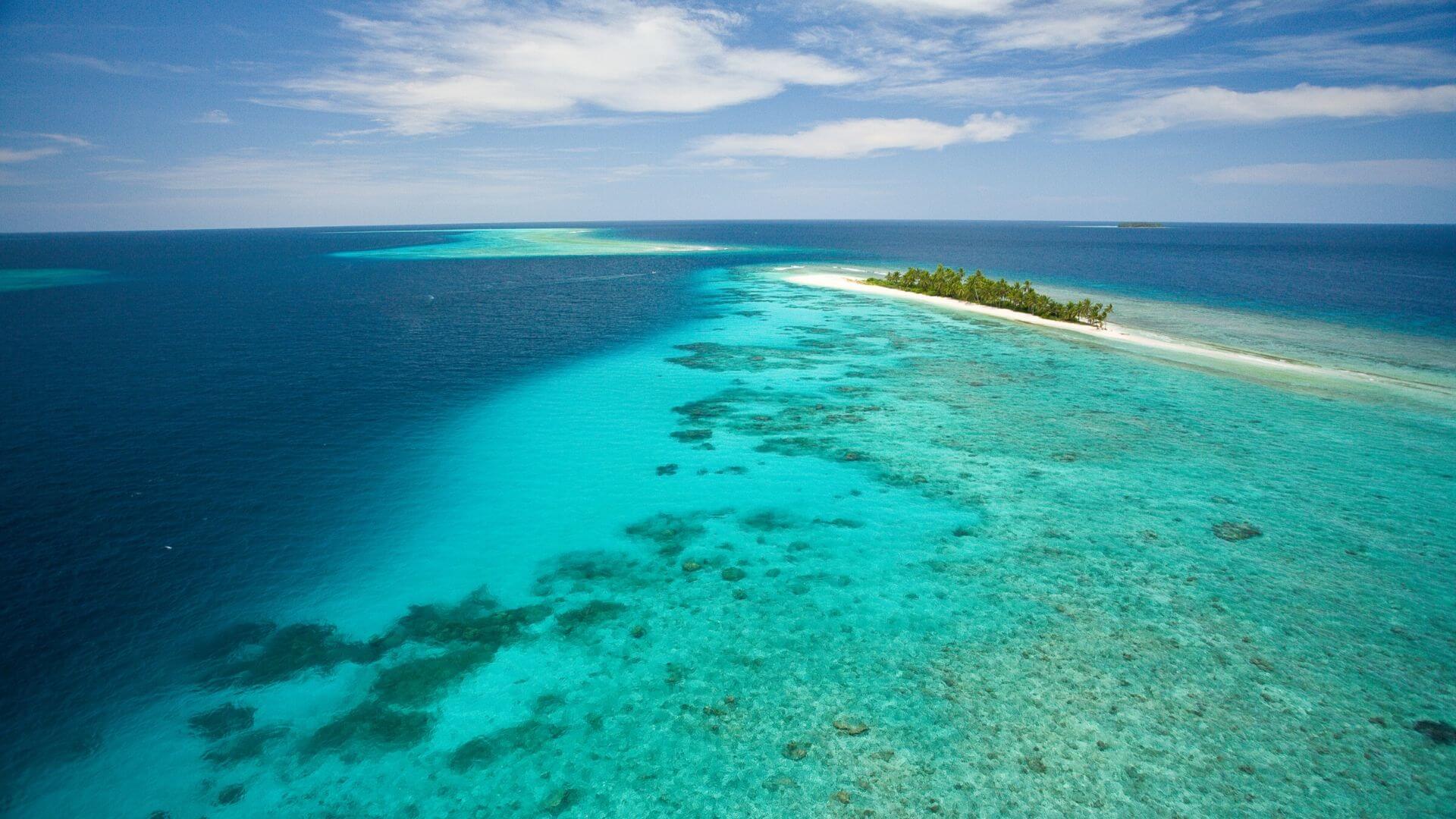
5. The capital city is Port Moresby
Papua New Guinea established Port Moresby as the capital in 1873. It’s home to over 360,000 citizens and is the largest South Pacific city outside Australia and New Zealand.
During the World War II, Port Moresby became the area’s trading hub. However, Port Moresby remains the hub of Papua New Guinea today, hosting global events and the airport you’ll need to come into if you’re visiting Papua New Guinea.
If you’re planning on visiting PNG, then check out my guide to what to expect when you arrive in Papua New Guinea for some much needed advice.
If you’re planning on visiting Port Moresby, book yourself into some top accommodation. Port Moresby has some of the best hotels in Papua New Guinea.
6. PNG is one of the most heterogeneous countries
Papua New Guinea is home to hundreds of ethnic groups. Many of the locals have ancestry that dates back thousands of years.
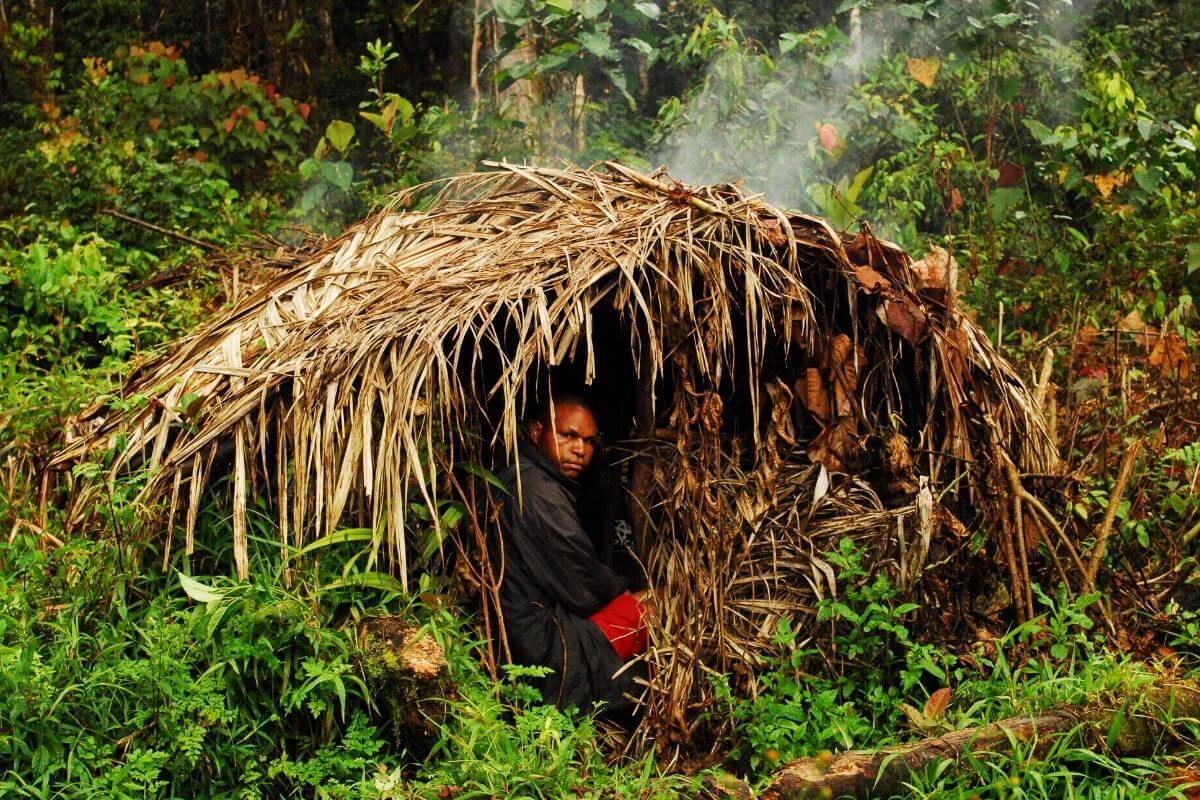
Many Papua New Guinea tribes have links to various other places in the world, such as China, Europe, Australia, Philippines, and Micronesians. The country calls these Austronesians, meaning their ancestors arrived less than 4000 years ago.
7. There are more than 1000 cultural groups in Papua New Guinea
It’s a Papua New Guinea fact that there are an estimated 1000 different cultural groups in Papua New Guinea, and because of the nation’s sheer diversity, they all have their own weaponry, costumes, music, architecture, and dance.
Every single tribe has individual characteristics, dating back thousands of years. It’s a fascinating country for diverse cultural traditions.
One of the reasons why my trip to Papua New Guinea was so fascinating was to learn more about just a handful of these tribes.
8. PNG has a tropical climate
Papua New Guinea is a tropical climate. One of the hottest facts about PNG is that the average annual temperatures are between 30 and 32 degrees Celsius during the day.
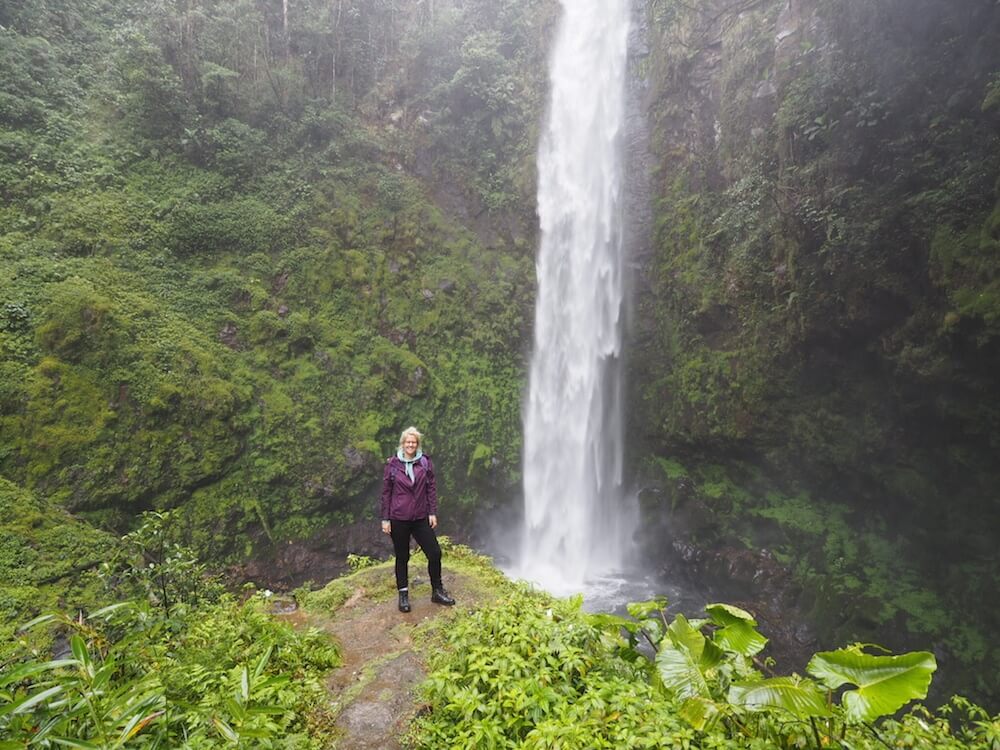
Even in the highlands, the temperatures exceed 22 degrees Celsius during the day. During the year, parts of the island receive heavy rainfall often exceeding 300 inches annually.
I saw some amazing rainstorms when I was there!
I’ve written a guide to what to pack for Papua New Guinea, that I’d definitely recommend you read!
9. Copper and gold are the island’s primary resources
The primary resources of Papua New Guinea are copper and gold. Tembagapura has one of the world’s largest concentrations of gold.
However, Papua New Guinea has many other gold areas, including along the Fly River’s headwaters at Ok Tedi. It’s a Papua New Guinea fact that copper and gold are crucial exports for the country.
READ MORE: The Best New Zealand Festivals
10. The country has a GDP of $25 billion
The GDP of Papua New Guinea is around $25 billion USD. Although there has been a sharp rise in the economy, much of the population lives in poverty.
According to Human Rights Watch, over 40% of the nation lives in poverty despite being incredibly rich in natural resources. If you go to Papua New Guinea this poverty is very obvious to see.
11. British passport holders need a visa to enter PNG
Owning a western passport can make you accustomed to stamps on entry, without the need for visas before travel. Not so in PNG though.
Unfortunately, Papua New Guinea requires all British citizens to obtain a visa before entering the country so make sure you’re prepared before you go.
For more tips on how to prepare for Papua New Guinea, read this post.
12. Britain, Australia, and Germany occupied PNG until 1975
Papua New Guinea hasn’t been an independent nation for very long, and before 1975 Britain, Germany, and Australia ruled the country.
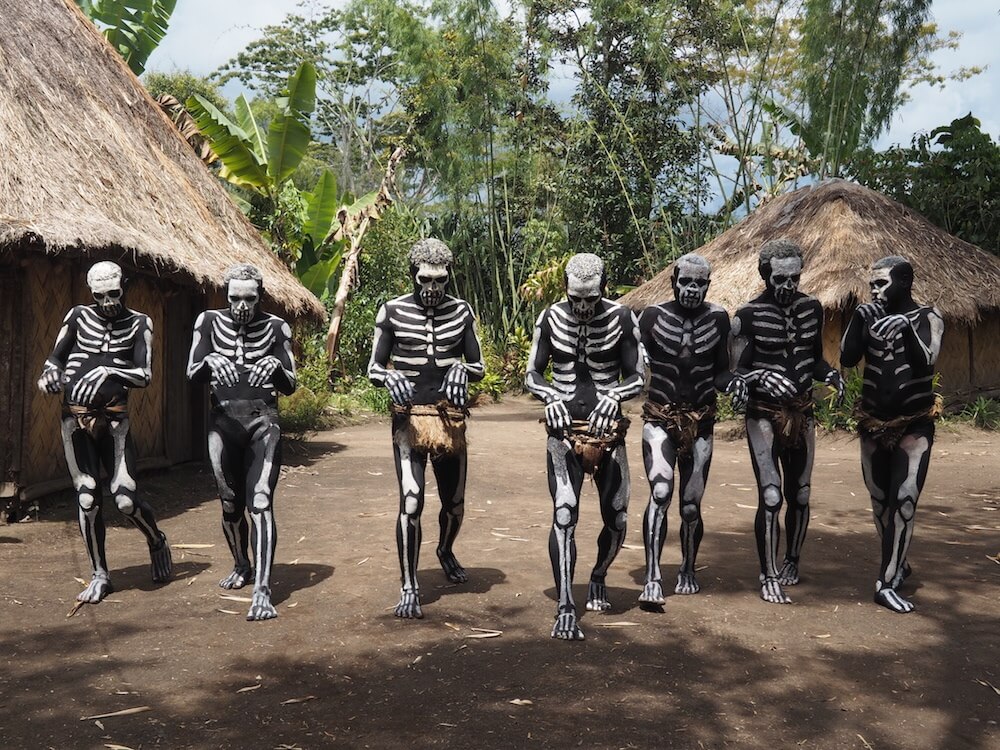
Furthermore, the Japanese occupied parts of the island during the second world war, before the allies won battles in Milne Bay, Kokoda Trail, and Buna and Gona, meaning the Japanese had to retreat and lose the territory.
The Kokoda Trail remains one of the most popular things to do in Papua New Guinea today, especially for Australians.
13. PNG shares the world’s second biggest island
New Guinea is the world’s second-largest island, but Papua New Guinea shares the island with Indonesia.
It’s one of the saddest facts about PNG that there have been consistent issues between the two countries and the border area is considered a total no-go place for travellers due to conflicts. You don’t need to go anywhere near here to enjoy a trip to Papua New Guinea.
14. Over 80% of Papua New Guinea’s population lives in rural areas
Next up on our facts about Papua New Guinea list – a vast proportion of the county’s population lives in the jungles – an estimated 80%.
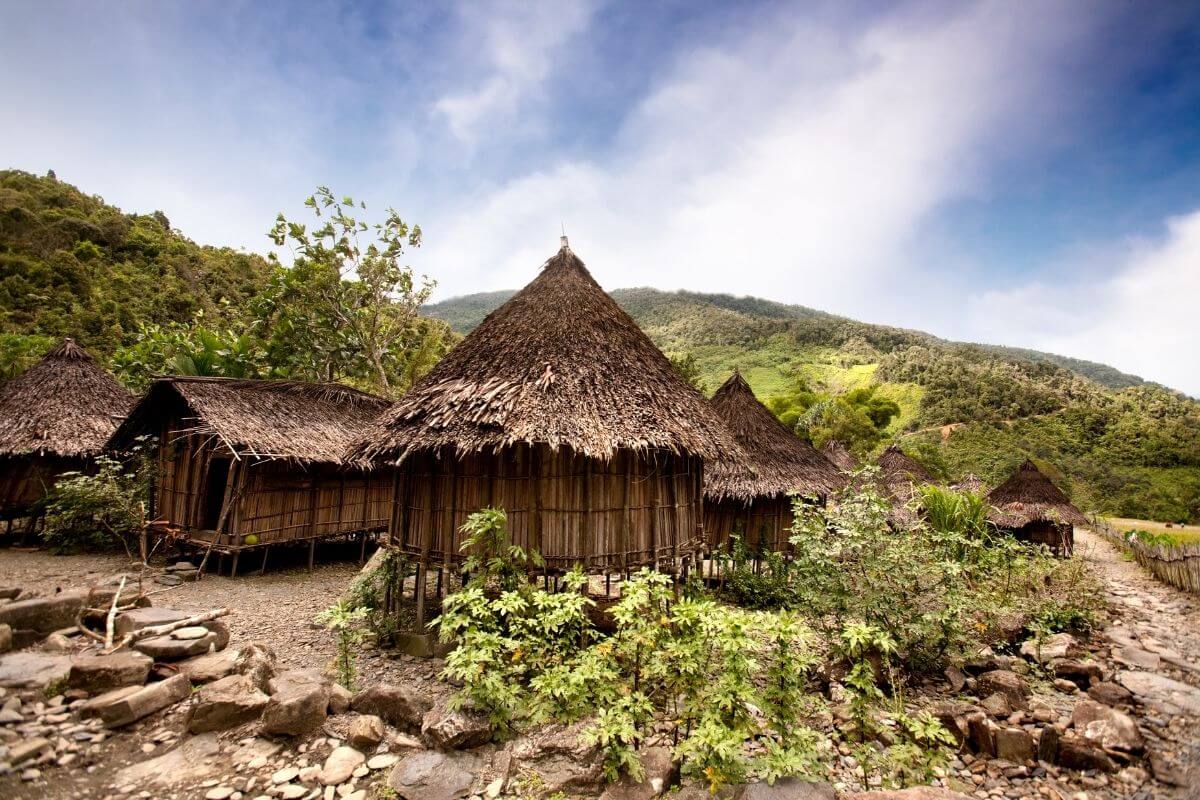
This means that most of the population lives without any modern facilities, healthcare and education. This traditional tribal way of living is very much in contrast to the modern world.
15. PNG used to be part of a prehistoric subcontinent called Sahul
Only 10,000 years ago – due to rising sea levels – Papua New Guinea and Australia separated from each other.
The prehistoric continent was Sahul, and it comprised Tasmania, Australia, and Papua New Guinea. Sahuls separation led to the Australian aboriginals becoming genetically isolated and the world’s oldest civilisation.
16. Papua New Guinea lies on the ‘Ring of Fire’
The Ring of Fire is an area that is very prone to volcanic activity and the eruptions on the ring of fire tend to be devastating.
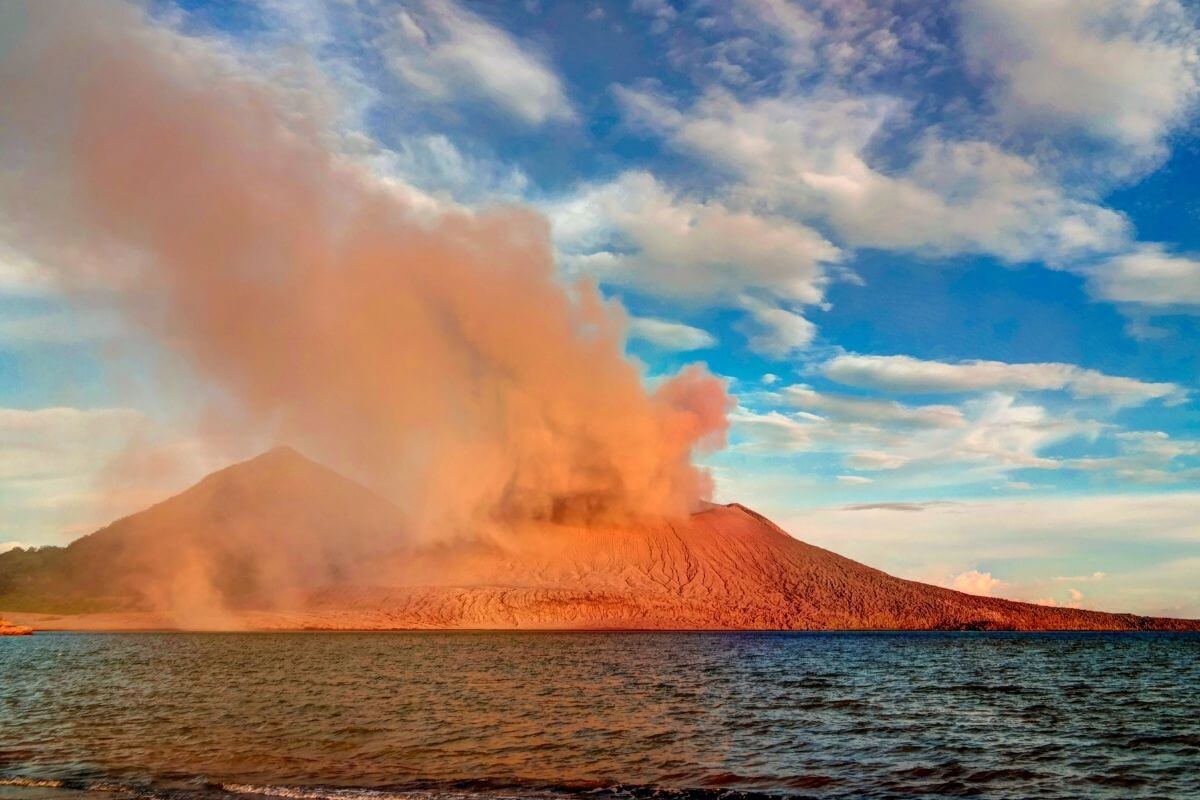
There have been many recent eruptions in Papua New Guinea, including Mount Ulawun 2019, Kadovar Island 2018, and Mount Tavurvur in 2014.
17. PNG is a world-class birding destination
Papua New Guinea is famous for the Paradisaeidae bird. According to many Papuan tribes, this is a sacred bird.
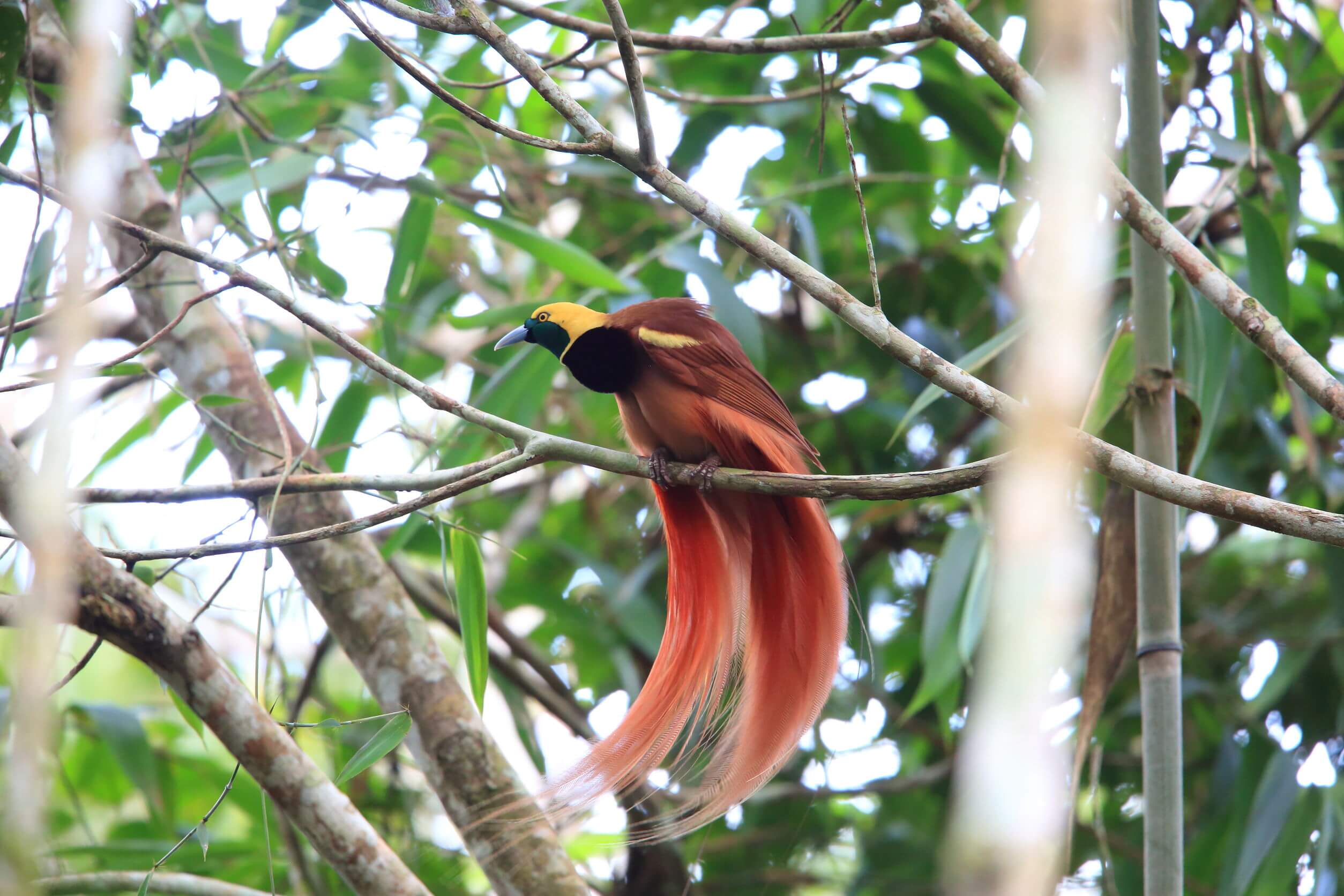
Unfortunately, due to illegal trading, poaching, and taxidermy, the bird remains under threat but the Papua New Guinea government has taken steps towards protecting it.
If you happen to see one, you’re very lucky!
18. Papua New Guinea is home to tree kangaroos
Since 1990, Papua New Guinea has been home to the tree kangaroo. It is a golden-mantled tree kangaroo, which locals found in the Torricelli Mountains.
Many scientists suggest that the golden-mantled tree kangaroo is extirpated from 99% of its historical range but the numbers are low due to hunting and destruction.
19. The flag of Papua New Guinea is red, black, and yellow
During the 20th century, the two territories linked up to form Papua New Guinea. Britain, Australia, and Germany’s colonial administration decided to create a flag, but the islanders disapproved.
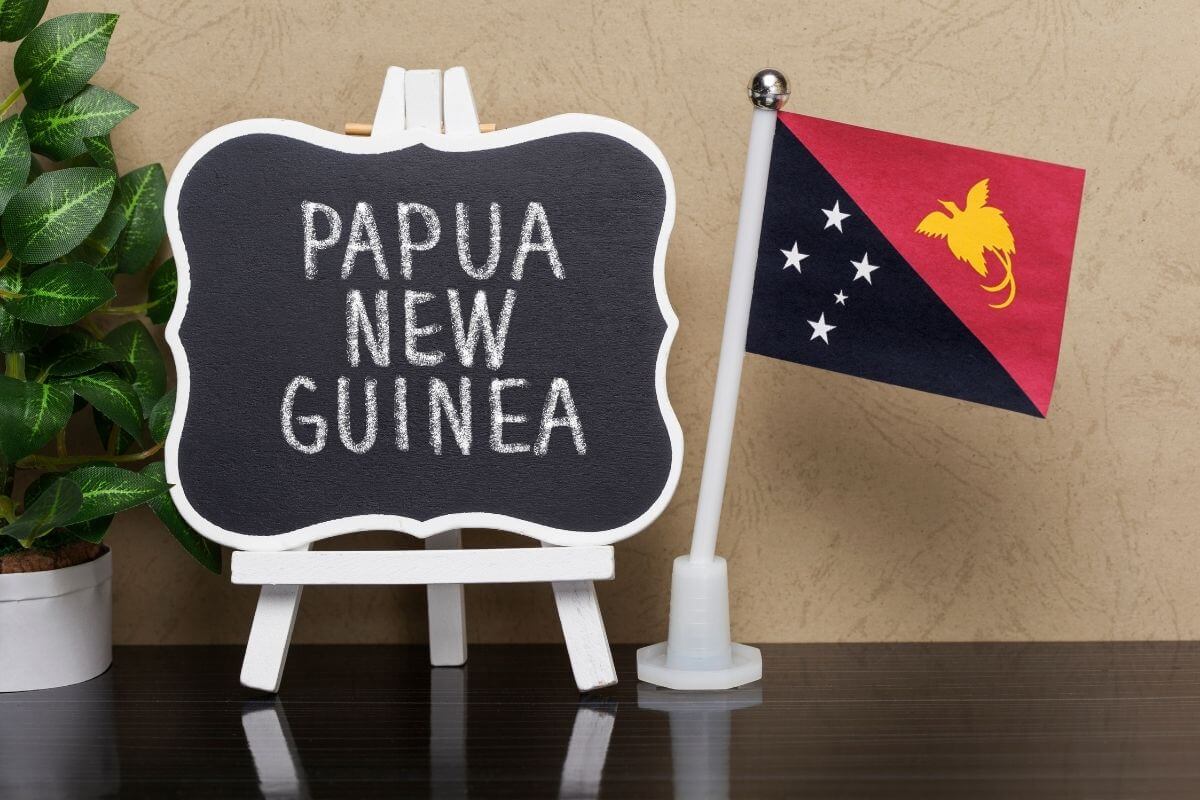
Instead, a young student named Susan Karike sent a draft of a flag to the government and all parties agreed – leading to the official flag of Papua New Guinea today.
20. PNG has one the highest rates of crime in the world
Unfortunately, the country has some of the world’s highest crime rates with many governments advising against leisure travel to the country. Crime rates are high around Port Moresby, Lae, and Goroka, but crime can happen everywhere!
Therefore, tourists should always have a guided tour with high security during their visit and almost all tourists take very high safety precautions. There are a lot of deep rooted traditions in Papua New Guinea that remain sensitive, it’s best to have a guide to explain the lay of the land.
If you’re worried about your trip at all, then check out my beginner’s guide to Papua New Guinea to settle any questions and worries.
21. The indigenous people settled in Papua New Guinea 50,000 years ago
Historians have dated back to the first settlers in the region, and they believe the first islanders settled there over 50,000 years ago. One of the most interesting facts about Papua New Guinea is just how old it is.
You can see an array of history throughout the country that portrays the country’s sheer history, including gardening evidence that is 9,000 years old!
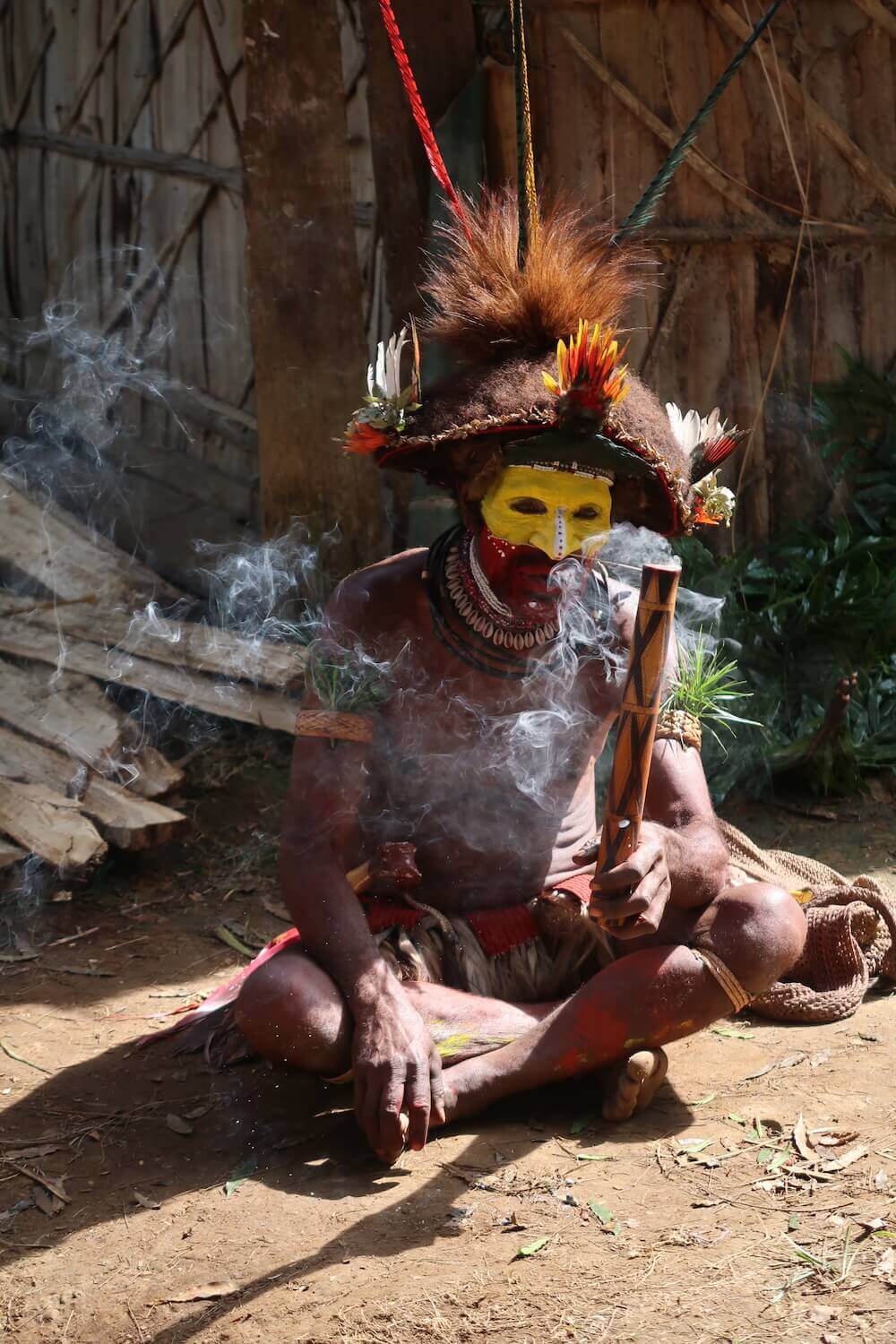
22. Tribal initiation is still widespread in the country
In many of the Sepik River communities, initiation is still widespread. For example, some rituals involve carving boys’ flesh back into artwork that depicts a crocodile.
Crocodiles are regular inhabitants of the Sepik River, and the locals have a deep respect for the animals.
As you can tell, I found PNG fascinating. So interesting in fact, I’ve written a post on my first impressions of Papua New Guinea here. Essential reading before you go!
23. The Mt. Hagen Cultural show is the main tourist attraction
The Mt. Hagen Cultural show is one of the country’s leading visitor attractions. Visitors will see 75 or more tribes come together and showcase dancing rituals and cultural traditions.
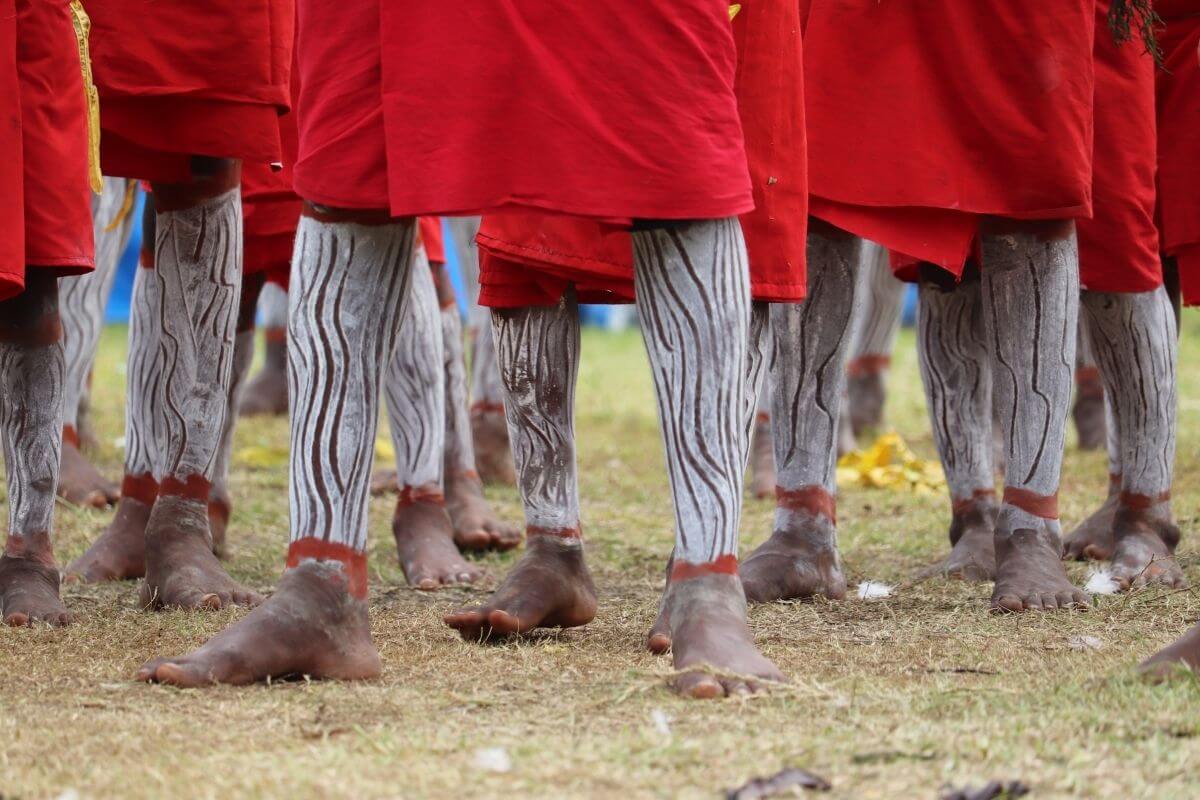
You can also see examples of traditional fighting and wedding ceremonies during the cultural show that takes place every August.
Papua New Guinea fun facts
I hope you’ve enjoyed these facts about Papua New Guinea. I think you’ll agree it’s a fascinating country. There are a lot of things to do in PNG, and may reasons to visit Papua New Guinea too. Without a doubt one of the most interesting countries in the world!
Make sure to read all my other blog posts about Papua New Guinea before you go – us adventurers have got to stick together!
PIN THESE PAPUA NEW GUINEA FACTS FOR LATER
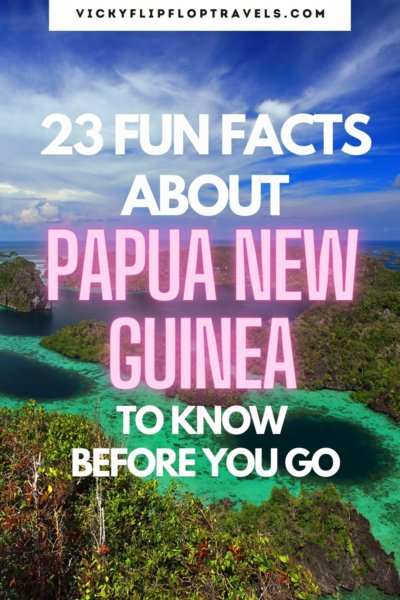
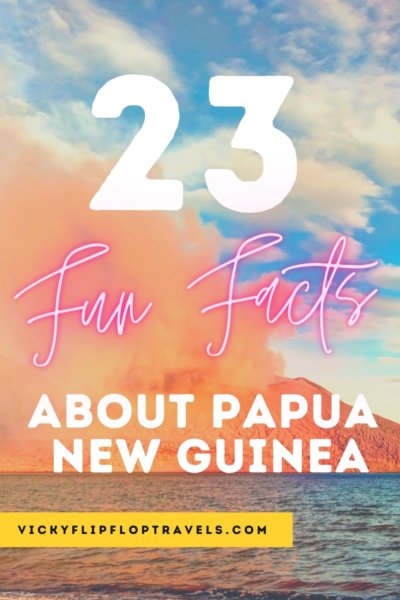
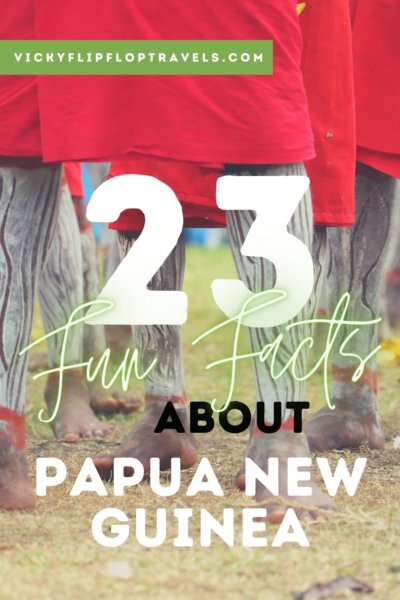

I have been there twice, traversing the Sepik in a motorized dugout, trekking, sleeping in the villages. Went to Goroko to the Sing Sing, also to the Highlands to the Wigmen. Btoughtback many ethnographic artifacts. Do you have the best trips of my life.
good very helpful to my school research thnx guys will always relay on u people
Please Sign Me Up for this page is so Informative I really love the context.
Hello Mathilda, thanks for your comment. You can sign up to my newsletter on the link at the bottom of the page. Unfortunately I can’t do it for you because of GDPR rules.